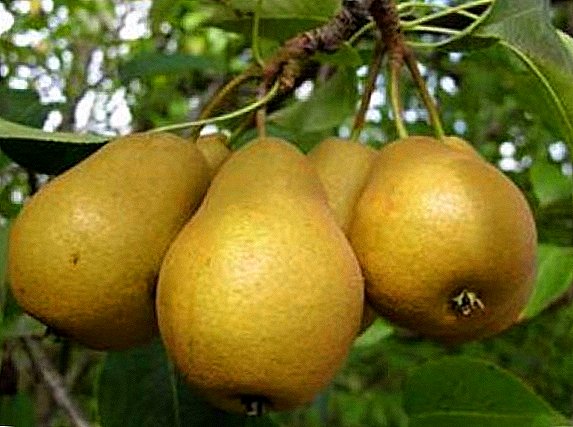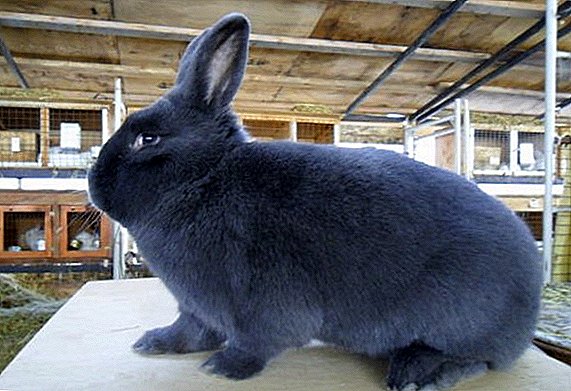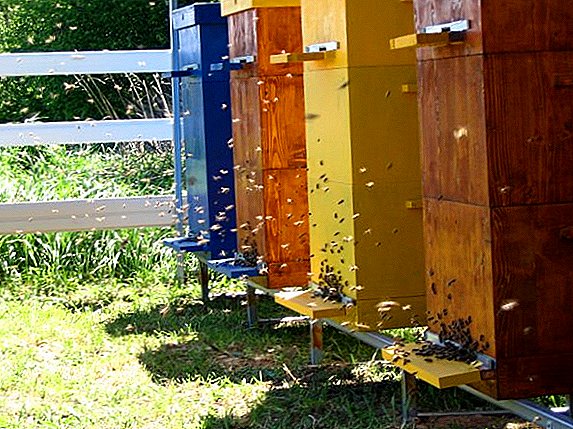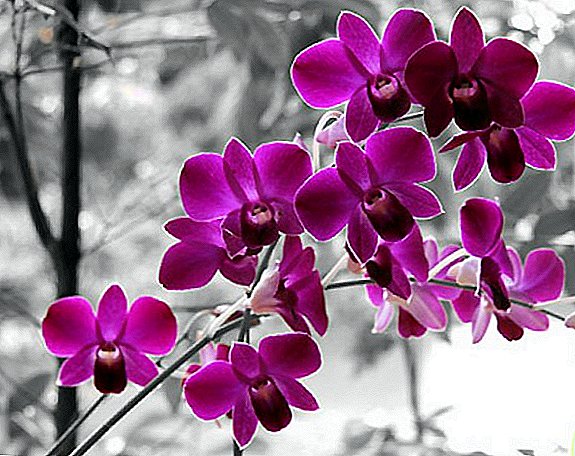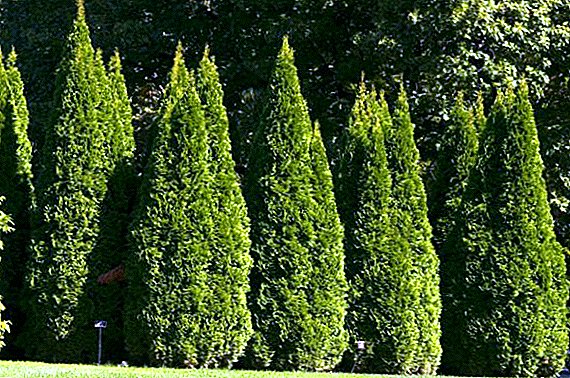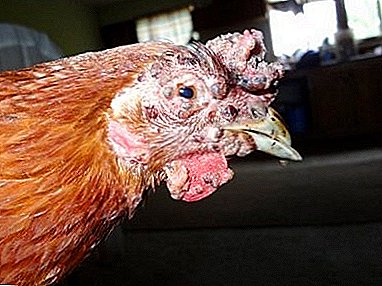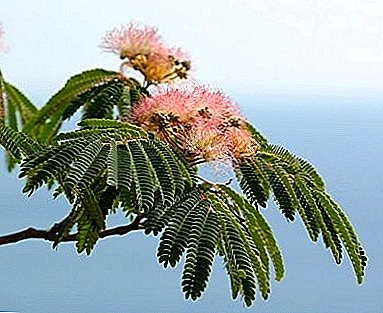
Lankaran acacia has several names: silk or silk tree albition. This unusual tropical plant belongs to the family of legumes. Often it is called the Crimean mimosa.
Silk albition can be of two varieties: a tree or a shrub. The tree is grown in open ground, and the bush - as an indoor plant. Albizia is a heat-loving tree, therefore only shrubs are grown in a harsh climate.
Description
Spray albition at home can grow up to 3-6 m, and the tree sometimes exceeds 10-15 m in height.
Root system and the tree and the bush is very strong, but superficial. Because of this, the plant can die even from the smallest frosts. An acacia tree can be propagated by root shoots, which appear in large numbers in the fall.
Trunk Acacia is smooth and thick. Due to climate change, the thickness of the trunk rarely reaches half a meter, although earlier the diameter could be 80-90 cm. The bark of gray color cracks with age.
Flowers very unusual, resembling a fluffy whisk. They are creamy white, with long pink stamens and purple tips.
Fruit the plant has large bean pods, about 15–20 cm long. In each pod there are 8–9 large seeds.
Leaves complex, fern, consisting of 14 small openwork, strongly dissected leaves, light green color. The length of the leaf is about 20 cm. At night the leaves are folded along and wilted. With the onset of winter, the foliage falls completely.
Stem the flower is thick and short. The crown of the tree is sprawling, umbrella-shaped. The shrub form of acacia is lush and dense.
Places of growth
According to one of the versions, the birthplace of albition is Australia and tropical Africa. According to another, this plant was found for the first time in the Azerbaijani city of Lenkoran. This tree is very common in Argentina, Mexico, India, China and Madagascar. Often you can find Lenkoran acacia in the Crimea, the Caucasus, Moldova, the southern regions of Ukraine and in some European countries.
Care and landing for Lankaran Akatsia

Silk Acacia - a plant is very thermophilic and drought-resistant. Landing in open ground is carried out at the beginning of May, in warm, sun-warmed soil, at a distance of 1.5-2 m from each other.
You can use a seedling method of growing. For this, seeds are sown in small cups, to a depth of about 2-4 mm. When the seedlings grow well, they are planted in a permanent place. Seeds for seedlings can be planted in February and March.
Priming fertile, sandy, with a mixture of lime is suitable for acacia. For planting room ambition, you can make the soil yourself. This will require turfy ground, peat and sand. It all takes in the proportion of 3: 2: 1.
Light mode for silk acacia is very important. She loves light, can withstand direct sunlight and does not tolerate shading at all.
Thermal mode. When growing albitsi on the street, the air temperature in summer should be around + 25-27С, and in winter - not less than + 8С. In some cases, can withstand short frosts, but not below -10C. For a room type, temperature indicators are different: in summer - + 20-25С, in winter - + 5-7С.
Top dressing can be done only in the second year after planting. For this well suited special complex fertilizers. Feeding is carried out no more than once a month, and only during the growth period (May-July). In winter, the plant is not fertilized.
Watering Acacia in the summer need infrequent, but abundant. In winter, the plant is watered very rarely and little. Water for irrigation should be clean, settled and not cold.
Do not allow complete drying or excessive moisture of the earth.

Air humidity for room albiti can be low or medium. It does not need spraying. When grown outdoors, spraying can sometimes be performed, but not often.
Bloom Albitsii is long and abundant, from the end of June to the end of September. Flowers are excellent honey plants. The leaves remain on the tree until winter.
Smell the flowering acacia is very strong and pleasant, with bright notes of violet and raspberry.
Pruning Albits spend in early spring, before flowering. Cut all the sick, old and dry branches. Remove excess thickening shoots. You can carry out this procedure after the end of flowering.
Reproduction of Lenkoran Acacia. Can be used for planting seeds, root shoots or cuttings.
Root shoots breed not all trees. When the roots protruding from the ground, they can be cut, rooted and landed separately.
Any type of acacia can be propagated by cuttings, both indoor and outdoor. The stalk can be taken young or already woody. It must be at least 2-3 buds. Can be planted without soaking. The soil should be fertile, but not heavy. After a few months, most shoots take root.
The easiest way to breed is seed. Before planting, the seeds can be wrapped in wet moss and put in a refrigerator for 1-2 months. Some growers prefer hot processing. To do this, the seeds for several hours poured very warm water and planted in the ground, without deepening. With this method of planting, during the first year, growth is very slow. No fertilizer is needed during this period. But regular watering is necessary.
Lifespan silk acacia is about 50-70 years old. Room species lives a little less, but with proper care can bloom for a long time.
Growth rate. Starting from the second year of life, the albition begins to grow very quickly. When planted in open ground, it can reach a height of 5 m in three years. It grows about 30 years, after which the aging period begins.
Diseases and pests

Garden acacia Lankaran is almost not affected by disease and does not suffer from the attack of pests. Acacia may be affected by spotting during hypothermia, and spider mite, in low humidity.
Pest control
You can notice the appearance of a tick by the presence of reddish spots on the underside of the leaves. Later, the leaves are covered with a dense sticky web.
To get rid of this pest, you must increase the humidity around the plant and wash the stems and leaves with warm soapy water. In case of severe damage, treatment with acaricides can help, but only if t is above + 18-20С.
Disease treatment
Leaf spot is a bacterial disease. To cope with it is easy. It is enough to cut off all the affected leaves and process the plant with a fungicide. You can also use copper sulphate or Bordeaux mixture. During this period, watering sharply reduced.
Caring for this unusual plant is quite simple. In the southern areas it can be planted in the garden. Lankaran acacia will decorate any part with its beautiful flowering and unique aroma. A room album perfectly complement the interior.
A photo
Next you will see a photo of Lenkoranka Acacia:




- Types of Acacia:
- Fierce
- Black Acacia
- Silvery
- Sand Acacia
- White Acacia
- Pink
- Catechu
- Care of Acacia:
- Acacia in medicine
- Bloom
- Landing Acacia


